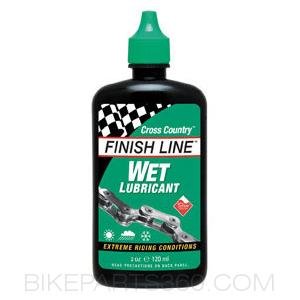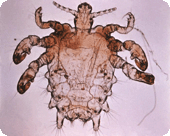Here are the advantges of Bar Ends:
1)Reduced hand fatigue- Bar ends give you an extra hand position which takes pressure of your ulner nerve which helps reduce hand numbness and reduces the likelihood of suffering handlebar palsy and carpal tunnel syndrome injury. (Note: It is difficult to pedal, shift, and brake with a numb palm and fingers.)
2)Reduced Agriculture- Depending on the design of the bar end they can protect your hands from trees, thorn bushes, prickly cactuses and shrubs.
3)Crash Protection- Bar ends help can prevent your brake levers, shifters and handle bars from suffering crash damaged by taking the abuse of a crash.
4)Sobering up the drunken monkey- Bar ends reduce the affect of gyroscopic precession also know as wheel wobble during step grade climbs. This allows the rider to maintain a straighter line up hill increased ability to navigate around momentum killing obstacles by moving your center of gravity forward weighing the front wheel improving bike handling and maneuverability.
5)Faster sprinting- Bar ends allow for more powerful sprinting by letting you use your arms and core muscles to put the bike side to side putting power more power into the pedals.
6)Improved Lactic Threshold- Bar ends open up your lungs for superior respiration during riding which reduces lactic acid build in your muscles which allows you to work harder before fatigue sets in.
7)Improved Cycling Performance- The over all effect of bar ends is faster start line acceleration, faster climbing ability, faster sprints, better respiration which means higher rider watt out put which equals higher averages speeds which results in quicker race times.
8)Tree Leaning- on steep technical climbs by applying the brakes and leaning one bar end against a tree trunk or other solid object you can clip both feet into the pedals before beginning the climb.
9)Easier Bicycle Mounting- bar ends allow for smoother mounting and dismounting of your bike on the fly.
10)Reduced Body Fatigue- bar ends provide alternate riding position to reduce tiredness and repetitive injury in body areas such as back, neck and shoulders.
11)Improved Aerodynamics- bar ends allowed for a flat back more aerodynamic position for long descents.
12)Finger Protection- inward canted bar ends protect your outer fingers from contact with trees and other trail side obstacles. In the case where a in ward canted bar end does get brushed by a tree it will hopefully glance off.
13)Collarbone Protection– inward canted bar ends allows for the bar end to glance of trees instead of the end of the handle bar being turned into the tree followed painfully by the riders body.
14)Helmet Hanger- bar ends provide a convenient place to hang your helmet and hydration pack while your off the bike checking out the sites.
My favorite bar ends:
Easton EC90
Weight 80 grams
Length 110 mm
Material Carbon Fiber

Titec Pluto Carbon Bar Ends
Weight 110 grams
Length 110
Material Carbon Fiber

Extralite Cyberends
Weight 38 grams
Length 100 mm
Material 7075 aluminum

KCNC BE1 MTB Bar Ends
Weight 51 grams
Length 115 mm
Material 7075 aluminum
(Picture not show)






